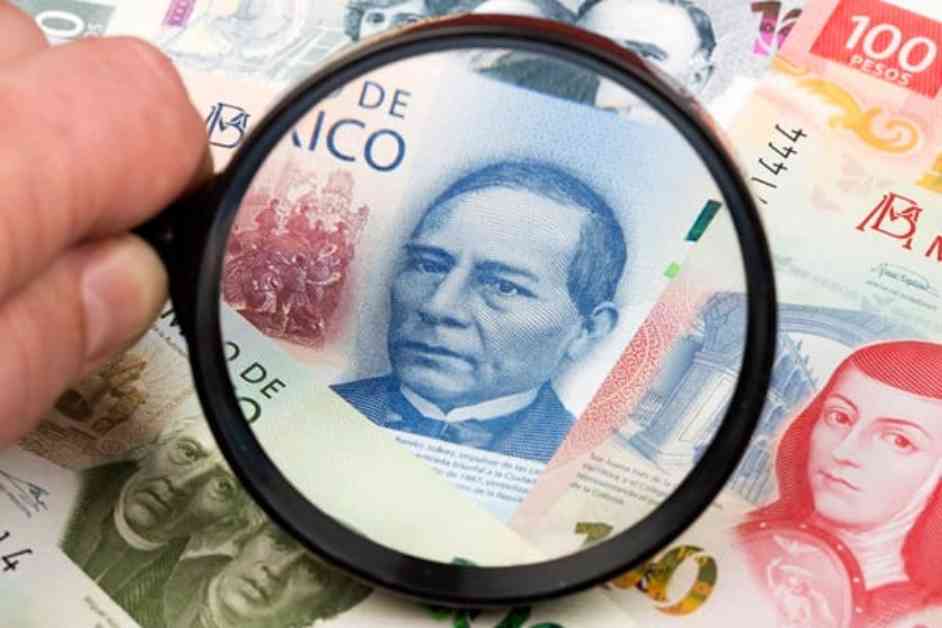The Mexican peso is currently facing pressure and is one of the most adversely affected currencies among major Latin American currencies. The USDMXN exchange rate has dropped over 1%, surpassing the losses of other currencies like the Chilean peso, the Colombian peso, and the Brazilian real. This negative trend is due to a mix of internal and external factors.
Internally, there has been a deterioration in consumer confidence in September, raising concerns about internal demand and the country’s economic development pace. Additionally, the political landscape in the United States is adding pressure to the Mexican currency. Recent polls showing an improvement in Donald Trump’s position and his mention of imposing higher tariffs on Mexican exports have revived concerns about trade relations between the two countries.
Externally, China’s economic situation is crucial. There has been a slowdown in exports from China and a lack of substantial fiscal stimulus from the Chinese government. This has negatively impacted currencies linked to global economic growth, including the Mexican peso.
A significant event to watch out for is the release of China’s third-quarter GDP data, which is anticipated to be below the 5% target set by Chinese authorities. A weaker-than-expected reading could exert additional pressure on the peso and other currencies tied to global growth. The strengthening of the U.S. dollar has also contributed to the peso’s depreciation.
Investors are eagerly awaiting key U.S. economic data, such as September retail sales and industrial production, as well as comments from Federal Reserve officials that could provide hints about future monetary policies. In this complex environment, the Mexican peso may experience short-term volatility.
The combination of internal and external factors indicates that the currency will continue to face challenges. It is crucial to closely monitor economic and political developments that could influence its trajectory. The Mexican peso’s future remains uncertain, and it is essential for stakeholders to stay informed and prepared for potential fluctuations in the currency’s value.












